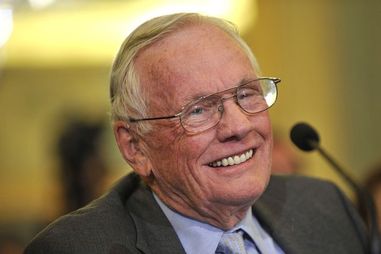
However, the act of landing and standing on the surface of the moon was one of great personal bravery for all of the moon walking astronauts. The technology used at the time was obviously up to the job, but the envelope was being pushed in various directions, and the prospect of a catastrophic and tragic failure could not be discounted. As engineers understand, it is not possible to ensure any machine will operate with 100% reliability. There have been many scoffers who have devoted a lifetime in trying to discount the whole Apollo moon landing program as a giant hoax, which is a huge insult to the 12 moon walkers who put their lives on the line in achieving this milestone in human history. I always think that the most remarkable achievement of the program was getting all the Saturn 5 launchers successfully off the launch pad. The Saturn 5 was the largest and most complex launch vehicle ever built (to date) and to get all of them off the pad in front of thousands of eye witnesses without killing anyone was probably one of the most difficult challenges faced by the Apollo engineers.
So now that Neil Armstrong is no longer with us, what should be his legacy? In recent times, Armstrong and his fellow Apollo astronauts were vocal in their concern for the direction the US human spaceflight progamme was taking. The Bush vision for human spaceflight (return to the moon and a human landing on Mars) has been swept away by the Obama Administration. This has been accompanied by the retirement of the Space Shuttle, the cancellation of the Shuttle replacement Ares 1 (& 5) and US human access to Earth orbit being placed with private industry. Bizarrely the current administration announced an extension of the lifetime of the International Space Station to 2020, while simultaneously cancelling the launcher programmes to take US astronauts into orbit! Hopefully US private industry may come up with a suitable man-rated launcher, but that may not fly operationally until 2015.
Surely this woeful state of affairs cannot be an appropriate legacy. US leadership in human spaceflight has been hard-won, achieved by guts, grit and the determination of people such as Neil Armstrong, and maybe it's time to take stock and declare a coherent commitment to a future vision for human space exploration. So wake up USA, and do something to regain the reigns of leadership, before the lunar footfall of competing nations makes it all too late. Surely this would be an appropraite legacy for Neil.
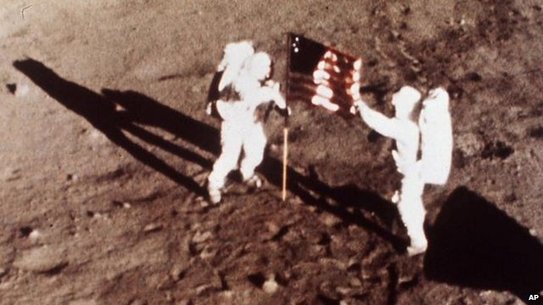
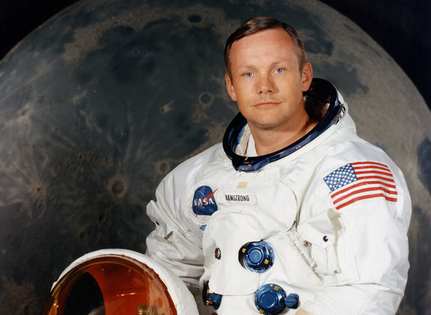
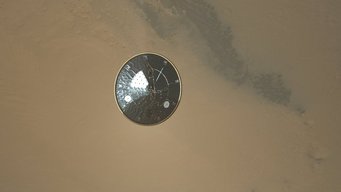
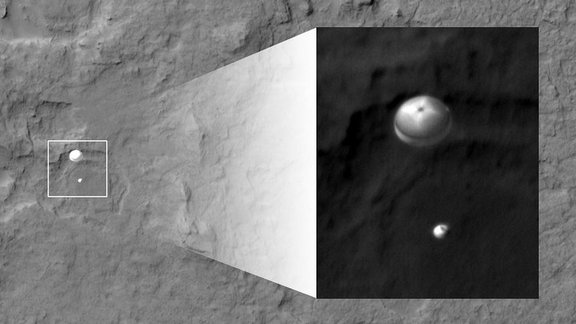
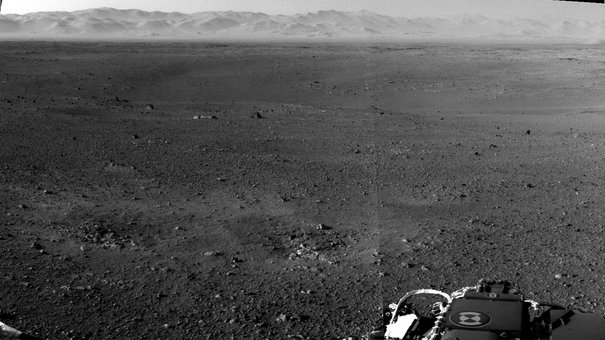
 RSS Feed
RSS Feed
